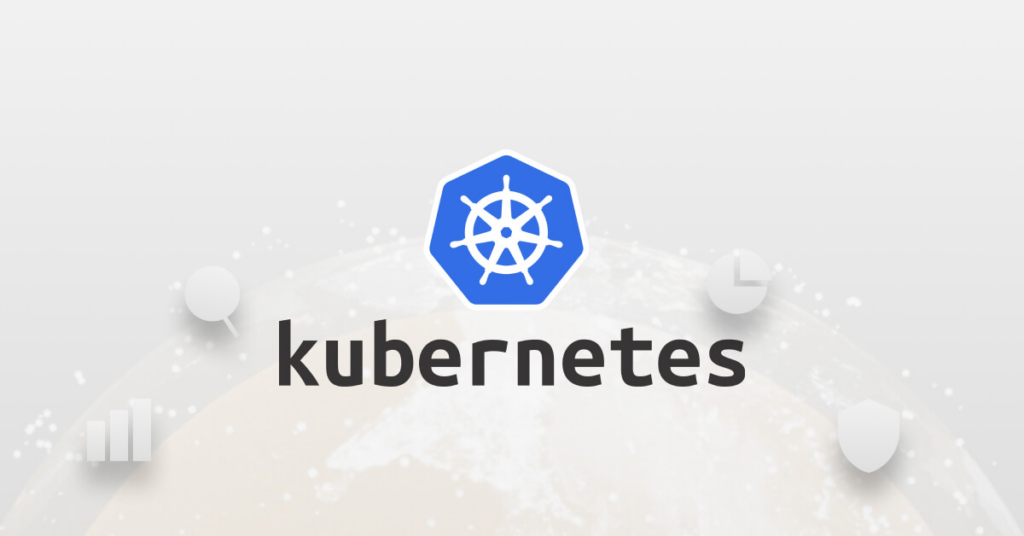
Introduction
In the realm of microservices and containerized applications, efficient management and monitoring of application health and performance are paramount. Kubernetes, an open-source system for automating deployment, scaling, and management of containerized applications, has emerged as the go-to solution for businesses seeking agility and resilience.
However, managing logs in Kubernetes remains a significant hurdle due to its distributed architecture, high log volumes, and dynamic nature. Proper logging furnishes critical insights into application behavior, aiding development and operations teams in diagnosing issues swiftly and upholding high reliability.
This article will delve into advanced strategies and best practices for mastering log management in Kubernetes. From efficient log collection and aggregation to insightful analysis techniques, we will explore how to bolster your observability.
Challenges of Log Management in Kubernetes
- Distributed architecture: Logs from containers, pods, nodes, and the control plane require centralized collection.
- High volume and velocity: Microservices generate a large influx of logs, overwhelming traditional systems.
- Log format and context: Inconsistent formats and lack of context make parsing and analysis difficult.
- Compliance and security: Logs may contain sensitive data requiring proper access controls and encryption.
Strategies for Effective Log Collection
- Embrace container-native logging tools designed for Kubernetes’ dynamic nature.
- Utilize a sidecar pattern to deploy logging agents within pods for consistent collection.
- Leverage Kubernetes features like the Logs API, Kubelet logging, and DaemonSets.
- Explore cloud-provider logging solutions (AWS CloudWatch Logs, GCP Stackdriver, Azure Monitor).
Strategies for Efficient Log Management
- Implement log aggregation and streaming to centralize logs in a single location.
- Optimize log storage and retention with techniques like log rotation, compression, and archiving.
- Enhance log search and indexing through tags, labels, structured logging formats, and indexing tools.
Strategies for Insightful Log Analysis
- Visualize logs with dashboards using tools like Kibana and Grafana.
- Set up log alerting and monitoring to proactively identify potential issues.
- Perform log analytics with tools that offer log parsing, querying, and machine learning capabilities.
- Tag and label logs with relevant metadata to simplify filtering and categorization.
Log Management and Storage Solutions
- Central storage solutions like Elasticsearch and Loki can efficiently store and index log data.
- Managed log services offer a convenient option for a hands-off approach.
Best Practices for Kubernetes Log Management
- Standardize log formats across applications and centralize logs in a single platform.
- Automate log collection, parsing, and analysis tasks whenever possible.
- Implement proper access controls and encryption to safeguard sensitive log data.
Conclusion
Effective log management in Kubernetes is essential for achieving observability and maintaining system reliability. By understanding the challenges and employing the right strategies, you can build a robust foundation for optimized log management. This empowers teams to troubleshoot issues, identify bottlenecks, ensure application performance, and make informed decisions.
Reference to the Article- InfoQ
Follow us for more Updates










